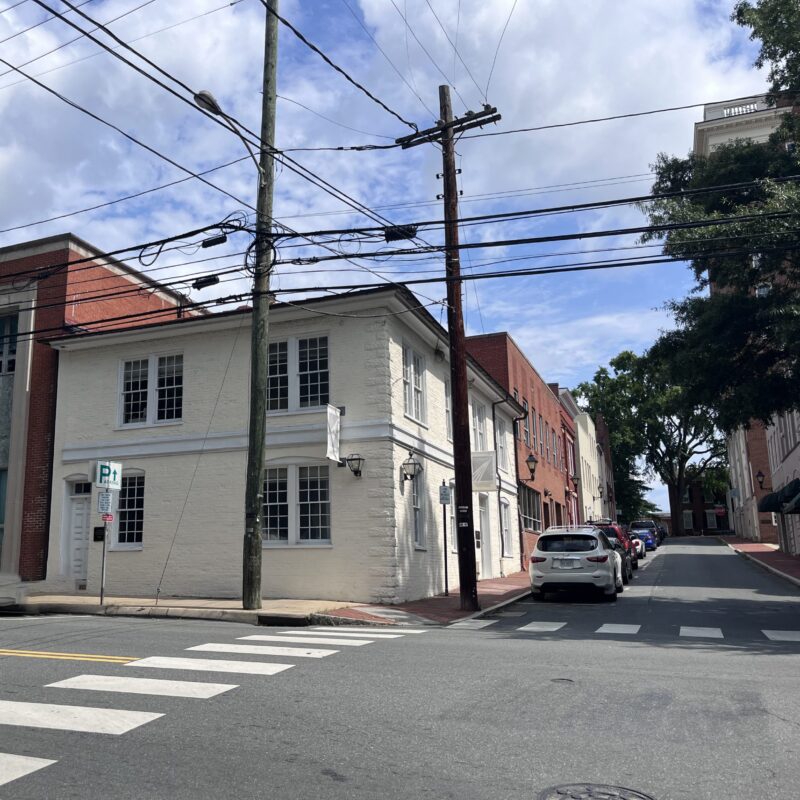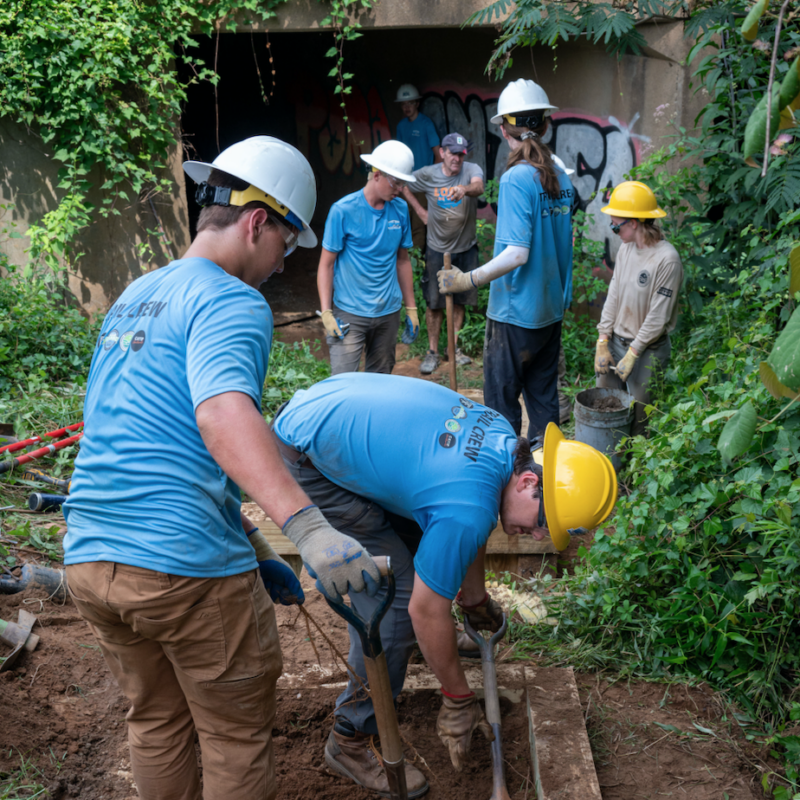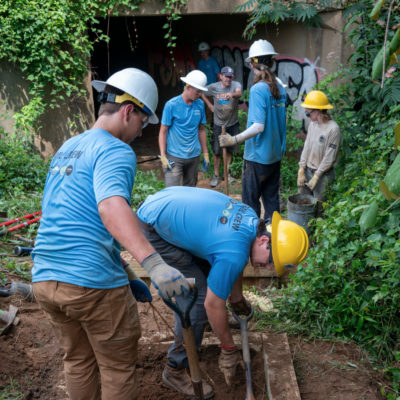art With Charlottesville turning its collective eye to photography via the Festival of the Photograph, the UVA Art Museum devotes a small space to a related exhibition that gives just a taste of four Virginia camera artists. This is a disparate quartet of heavyweights: fine artists and top-notch journalists including Sally Mann, Sam Abell, Emmet Gowin, and William Wylie. Any of them could fill rooms much larger than this singlehandedly, but the wider context of the Festival lends a certain logic to this odd little group of photos. You can just walk in and look hard at something.
For example, Wylie’s “Untitled #01-09” of 2002: a tightly framed, horizonless view of a puddle at the photographer’s feet. Though much of what’s here is extremely familiar—dimpled mud, broken plant stalks—it’s abstracted, because something about the photo makes scale and relationships tough to read. It’s as if, even though the landscape is ordinary, we’ve become insects or elephants or been otherwise transformed, and everything looks different.
 “Edith, Christmas Morning, Danville, Virginia” by Emmet Gowin at the UVA Art Museum |
Another transformation: In Gowin’s 1971 “Edith, Christmas Morning, Danville, Virginia,” a pinhole camera lends an air of secrecy and voyeurism to an iconic American scene—the aftermath of Christmas morning, with crumpled wrapping paper swallowing the floor of a living room and the small child who sits there. A bare bulb from the ceiling and some sad paper decorations are clear markers of class, but Edith is harder to read: Perhaps in her early teens, she stands in front of the window in a white nightgown and black sneakers, with taut bare calves and a look of tough implacability, as though she has no expectation that anything—even Christmas—will be easy or fun.
From the other side of the planet, Abell’s “Boab Tree, The Kimberley, Western Australia” includes two images in one frame. In the larger, a table-flat Australian landscape under a violet sunset is anchored by a squat, scrubby tree with an enormously thick trunk. The smaller photo shows two hands holding an open magazine—the first image printed across its pages—in front of the same tree, now in a more prosaic light and reduced to a picturesque stump by lightning.
Mann’s work has received plenty of ink in these pages and space at the Festival; suffice it to say that her contributions here deepen and complicate the already rich collage of photographic possibilities housed in this small room.





